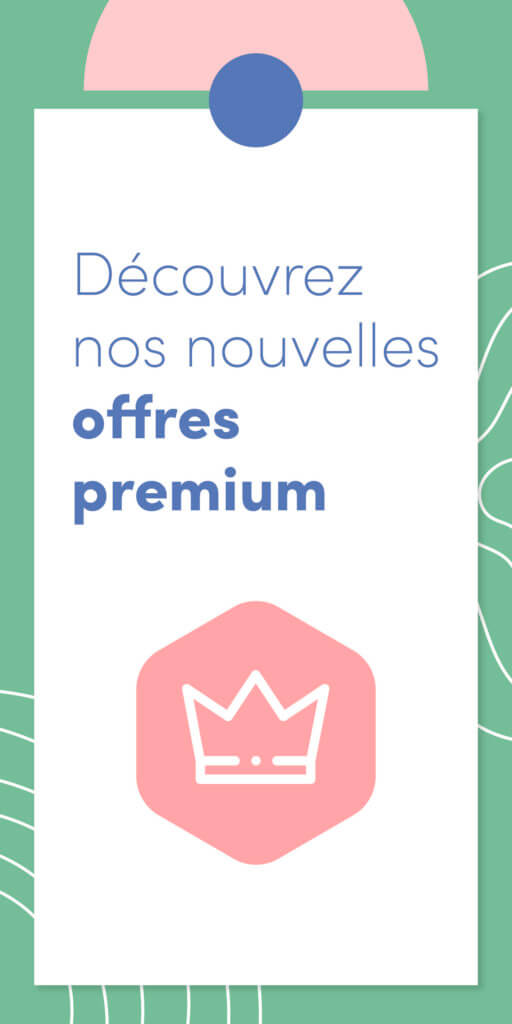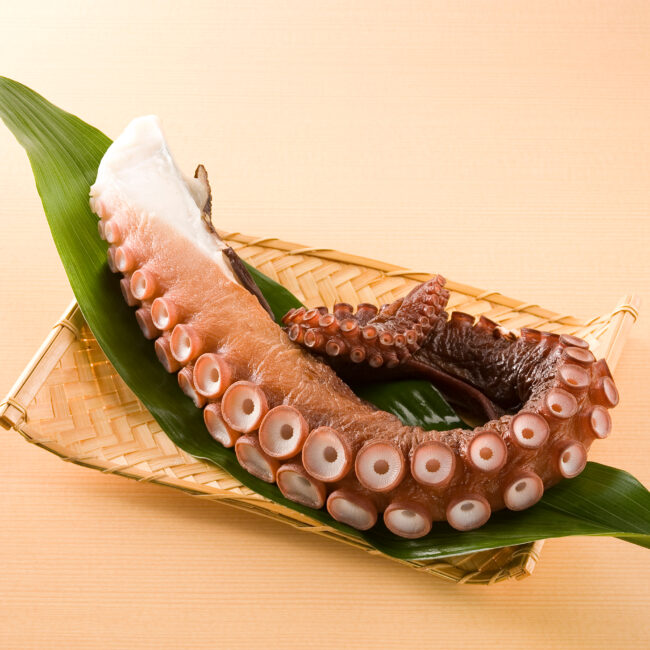Marketing used to target « extreme » ages: children under 3 (or rather their parents) and older seniors. This habit was justified by the fact that nutritional needs at these ages are specific. But we see ‘age marketing’ develop and consumer targets split. Let’s see how.
[wcm_nonmember]
This article is premium. Sign in if you have an account. Otherwise, discover our premium offer.
[/wcm_nonmember]
[wcm_restrict]
Children over 3 years old are now a target
Due to their very specific nutritional needs, children under 3 years of age and their parents have always been a prime 
- La Popote Compagnie: Created for children and with children, this range of ready-made meals is aimed at parents who wish to offer a diversified, tasty and organic diet to their children. All recipes are co-created by the Chef and a panel of children. To date, the products are available in supermarkets in the Rhône-Alpes region and in Paris.
- La Grande dînette who goes a step further by offering ready-made meals for children, in delivery. Nuggets with vegetable chips, Authentic zucchini lasagna…. the recipes are designed by chefs and nutritionists for children from 1 to 5 years old.
The common point between these two start-ups is that they make life easier for busy parents. So we highlight one of the major insights of the moment: the need for practicality.
Young adults and other Millenials
The famous Millenials are also a target in their own right with brands such as RockStar, the Energy Drink for sliding and speed sports, or Vitamin Well, the sports drinks brand created in 2008, which is aimed at « casual » athletes (running, team sports, sliding sports…).
Sometimes it is the brands that grow with their consumers, like Yop. A sweetheart of teenagers in the 90s, Yop lost its consumers when they became adults and when communication that was too teen no longer appealed to them. To get back into the race, Yoplait’s yoghurt drinks have focused on marketing with « You’ve grown up, so has your Yop! » By maintaining an offbeat tone, the brand even makes the link between parents and their teenagers.
Young seniors
The marketing of seniors is a complex subject, especially because for a long time it was considered that there was only one category of seniors: those over 50. In reality, there are two categories: young seniors (50-75 years old) and older seniors (>75 years old). The former have problems of prevention, well-being, energy…; while the latter are concerned with malnutrition, chewing problems, or even the treatment of serious diseases. And of course, the former do not wish to be assimilated to the latter. An example of successful senior marketing is Calin +. The brand is clearly positioned on « bone health » and is therefore aimed at seniors without any detours. The exercise is difficult but it works! The keys to success in our opinion: positivism and non-medicalization.
This fragmentation of marketing by age seems to meet high consumer expectations of brands:
- Need for personalization: 66% of French respondents say they are more inclined to consume products from a brand that personalizes their offer or shopping experience[1].
- More attention needed: « Consumers also particularly appreciate caring brands that know how to be attentive and close to their concerns, » according to a survey conducted by Audipresse and Ipsos[2].
It is therefore understandable that today’s brands are interested in nutritional needs, but also in functional (taking into account lifestyle) and emotional needs.
[1] Accenture. Global Consumer Pulse Research, June-July 2017.
[2] Audipresse and Ipsos. OneMarket, the French consumer under the microscope, 2014.
[/wcm_restrict]













